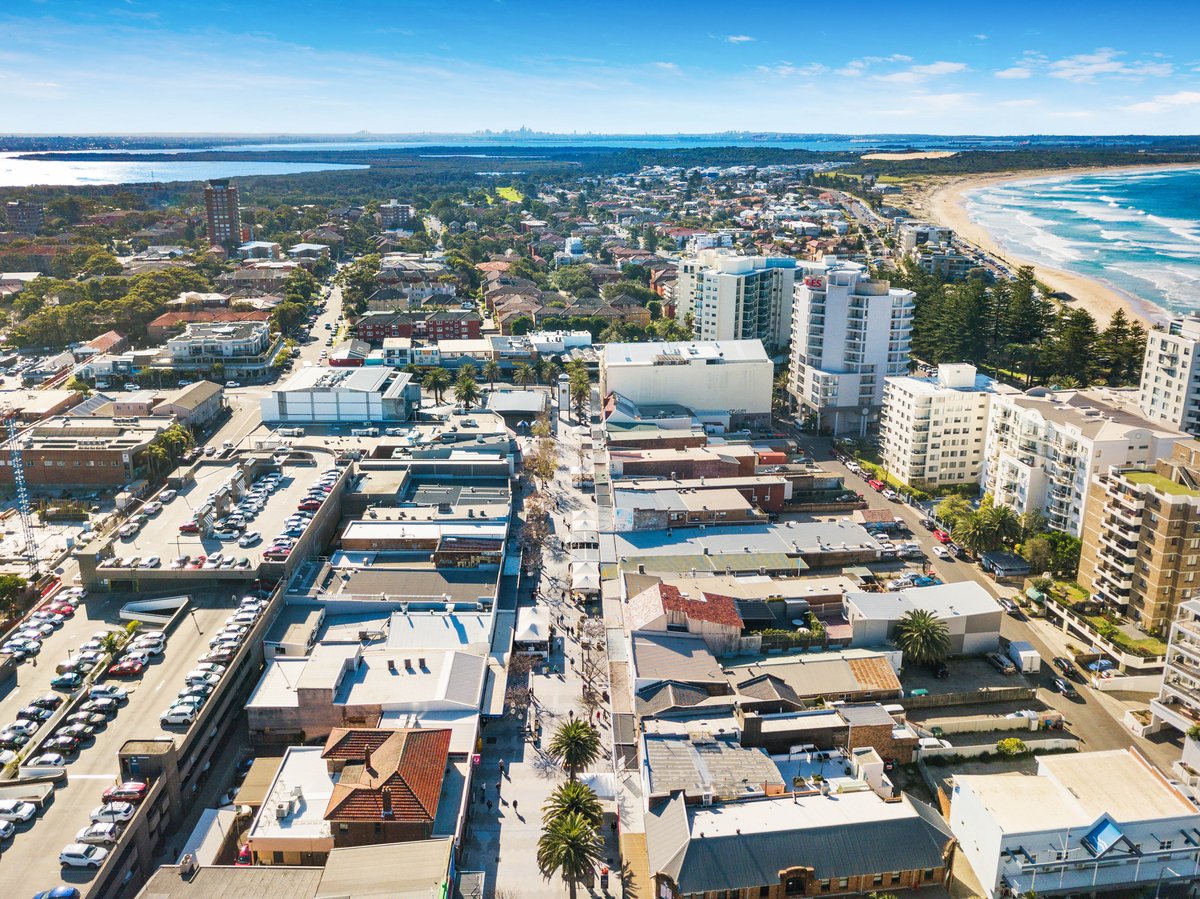
The suitability of your block for development will be determined by a number of factors including the lot size, street access, location and zoning. Contact our development specialist agents for an accurate assessment regarding the development prospects for your block.
There are a number of different costs associated with subdivision and developments: including site related costs associated with subdivision and infrastructure, construction costs, development costs and government fees, finishing costs, finance costs or holding costs for the duration of the project. Each development is unique and costs vary depending on the size and scope of the development. For further advice on costs and budgeting for your development contact our specialist development agents.
There are a number of factors taken into consideration when calculating the sale price for a commercial property. The property’s size, zoning, permitted use are taken into consideration as well as comparable sales in the area and the potential replacement cost analysis. In the case of leased properties the capitalisation of net return analysis can be used to work out the sale price. Whilst this is a tried and true approach for some, we have found that our clients feel more comfortable and reassured with a more well considered approach. For more information on commercial, industrial and retail property prices contact our specialist commercial sales team.
A warehouse is designed for storage and needs high internal clearance for racking with 6 metre minimum internal clearance and high clearance roller doors for heavy vehicles carrying containers. A factory is purpose designed for manufacturing and may or may not require high clearance depending on the industry. The main differences will be outlined in the property zoning and the Permitted Use issued by the local council. The permit will outline how the property can be used according to zoning. When choosing a property, check first with the local council to confirm it’s suitability for your intended use. For more information on selecting a suitable commercial premises contact our commercial property sales team.
Zoning is a government classification that outlined the nature of activities which can be carried out in an area. Industrial and commercial zoning is normally used for manufacturing and warehousing activities. Other special use zones may also be applicable as well as those relating to mixed use, retail, and commercial with residential.
Even where the zoning is suitable for your use you need to check for any restrictive covenants which could limit your plans. A restrictive covenant is an agreement between landowners which can restrict the use or development of land for the benefit of other landowners and is registered on the Certificate of Title. Restrictive covenants are commonly applied when a developer subdivides land for sale and wishes to apply some restrictions on the use and development of the lots to benefit or protect other land within the development.
Before purchasing, check on the zoning and any potential covenants with the local council to ensure the property you are purchasing is correctly zoned for the purpose for which you intend to use it for. For further advice on zoning and planning restrictions contact our specialised commercial property team.
The lettable area in a commercial property is a measurement of the floor space including any land area and is used to work out rental calculations and property market assessments. For further assistance on rental calculations and property assessments contact our commercial property management team.
Three methods are commonly used to measure building areas:
For further information on calculating your commercial properties lettable area contact our commercial property management team.
Commercial rents are normally calculated on dollar per square metre of occupiable space. When calculating rental rates, a number of factors are taken into consideration including the location and current rents for similar properties in the area, the type and purpose of the property and any additional feature which could influence the value such condition of the building and facilities. For further information on calculating your commercial property rental contact our commercial property management team.
Many small businesses tend to prefer flexible lease arrangement to meet their changing business needs. Small businesses will often seek an initial lease term of one to two years with the option to extend. Larger businesses on the other hand have high relocation costs, are generally more stable and will usually prefer lease terms of at least 5 years with an option to extend. For further information on leasing your commercial property, contact our commercial property management team.
When a commercial tenant signs a lease, they may want the option to extend the lease for a number of years. Options can provide tenants with the security of the ongoing tenancy or the option to leave. The arrangement is less advantageous for the owner who may end up with an obligation to continue a tenancy for a longer period than may be convenient. For more information on commercial lease options contact our commercial property management team.
Our agents are local experts and provide services nationwide. Pop into one of our Sydney offices today and let’s begin your property journey.
Monday - Friday
Saturday
8:30am to 6:00pm
8:30am to 4:30pm
By logging in to Highland, I agree to the Conditions of Use and Privacy Policy
Don't have an account?
